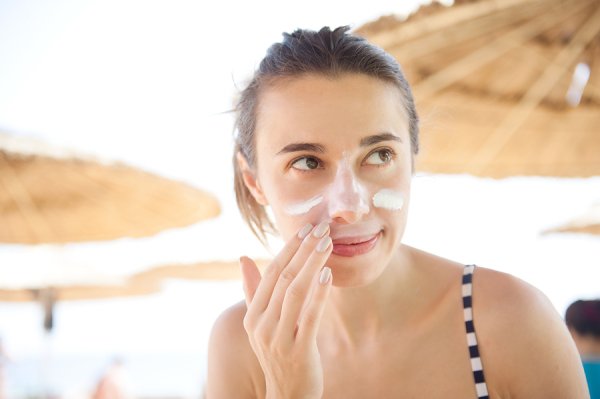The sun is a giant ball of hydrogen that’s been burning for 4.6 billion years. Every second, the sun burns through about 600 million tonnes of hydrogen – but don’t worry, it’s not going to run out of fuel any time soon, because at 109 earth widths, the sun is truly massive and has only lost about 0.03% of its total mass in all the time it’s been bubbling away. Impressive. But wait. Let’s not forget one thing. The sun hates you.
As much as the sun gives life, it takes life away. For every potted plant that blooms and every picturesque valley that grows green in the spring, there’s a host of human health issues directly related to the sun. Let’s take a closer look at some of those issues.
Dry & brittle hair
Unless you’ve been living under a rock (almost quite literally), you’ll be well aware of the damaging effects that the sun can have on your hair – remember, using hair serum can help.
Here’s the science. Sunshine is made of three types of UV rays – A, B, and C.
Thankfully, UVC is denied entry into our atmosphere by the ozone layer, so no need to worry about that one. But UVA and UVB can penetrate and damage the hair’s protective outer coating, known as the cuticle. This leads to discoloration and loss of structure, meaning split ends and frizziness.
The sun’s rays and your skin
Hands up who knows what a telomere is. Anybody? No-one? Maybe one or two people muttering at the back that they think they read about them once but can’t remember the exact details? That’s fine. I’ll tell you. Telomeres are the caps at either end of your DNA strands, neatly packaging your body’s blueprint ready for the next round of making new cells from the previous copies. Don’t worry if that still makes no sense, all you really need to know is that telomeres are essentially your body clock – when they wear out, you get old (and you look it).
Radiation from the sun has the effect of damaging your cells – and importantly, your telomeres. This means that your body’s natural ‘zippers’ that lock up the plans to make new fresh cells get damaged, and the plans can start to unravel and fall apart. Making new cells from rough cells means making new cells that are also a bit rough around the edges themselves, and that means tired looking skin.
In conclusion …
The sun pokes holes in the protective coating around your hair, meaning it’ll look worn and will dry out faster. And your skin can’t cope much better, either. Treat your hair with serum, and remember to wear sunscreen, or you’ll look 10-20 years older than you are.

